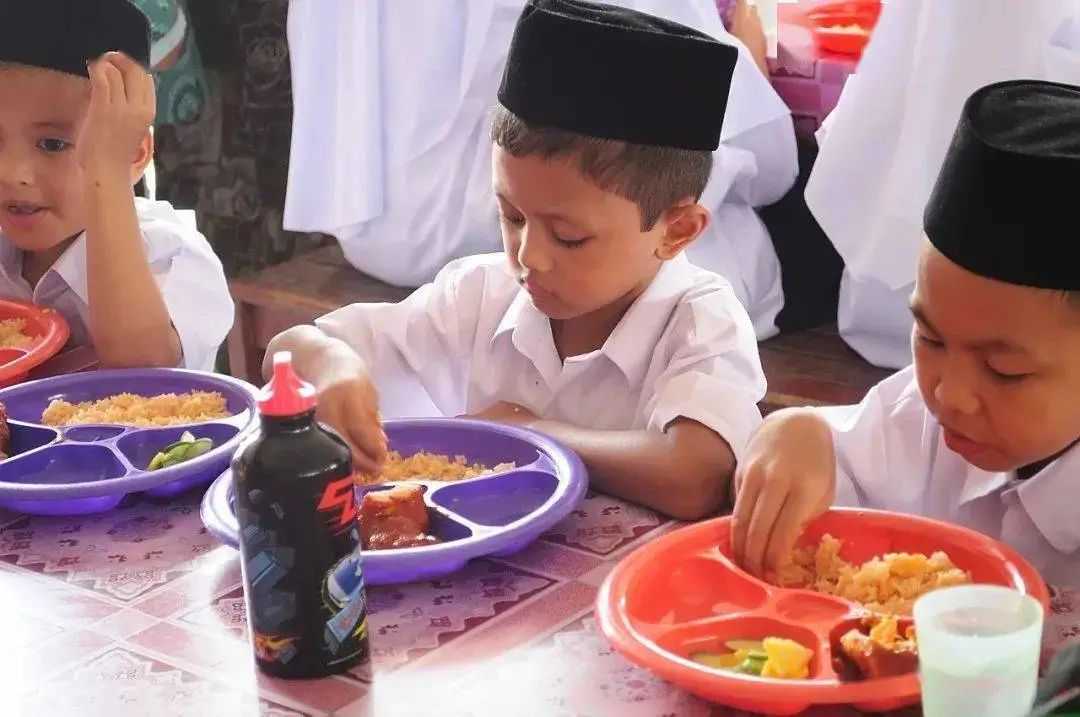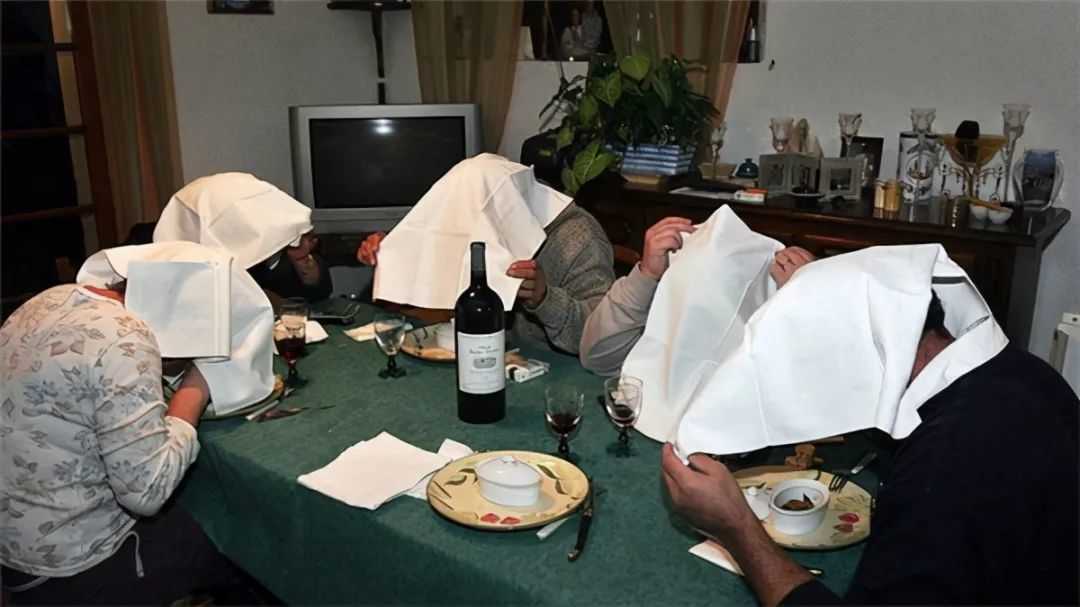Search for information
Malaysia: The Tradition of Hand - EatingIn Malaysia, hand - eating is a deeply ingrained cultural practice that continues to thrive. This tradition, far from being a universal rule, is prominently observed, especially among the Malay community and in certain cultural settings, and offers a unique and intimate dining experience.
May 15, 2025, 12:03 pm EDT
Malaysia: The Tradition of Hand - Eating

Source: Images from the Internet, if there is any infringement, please contact the removal of

French Culinary Tradition: A Unique Way of Savoring Small Birds
In certain regions of France, there exists a unique and rather peculiar culinary practice involving covering the head with a cloth while eating small birds, a tradition deeply rooted in the country's rich gastronomic heritage.more

Jordan - A Country that Resembles Mars
Jordan, a country in the Middle East, has a region that bears a striking resemblance to the surface of Mars. Wadi Rum, located in southern Jordan, is often referred to as the "Valley of the Moon" but it truly looks like a piece of Mars on Earth.more

Miramax Plans to Adapt 'The Holdovers' into a TV Series or Limited Series
According to the latest report from Variety, Miramax is planning to adapt several of its hit films into TV series or limited series, and one of them is the 2023 Oscar - nominated film The Holdovers that was released in theaters in late 2023.more

Eight Top Vacation Destinations in Malaysia: Exploring Nature and Mysterious Realms
Regions like the Maldives, New Zealand, and Sri Lanka are among the most popular tourist destinations in the world. However, many people may not be aware that Malaysia also boasts natural beauty that can rival these renowned tourist locations. Next, let's take an in-depth look at the selected vacation destinations in Malaysia and immerse ourselves in the charm of nature.more

Groundhog in US Predicts Early Spring
On February 2nd, the United States witnessed the annual Groundhog Day tradition, with groundhogs across the country playing the role of "weather forecasters". The most famous of them all, Punxsutawney Phil in Pennsylvania, emerged from its burrow in the morning. As the sunlight hit, Phil saw its shadow, indicating that winter would persist for another six weeks according to the long - standing legend.more

"Hogwarts Legacy" to Launch on Nintendo Switch 2 Simultaneously on June 5
Warner Bros. has announced that the popular action - role playing game "Hogwarts Legacy" will be released on the Nintendo Switch 2 on June 5, 2025, coinciding with the console's launch.more



